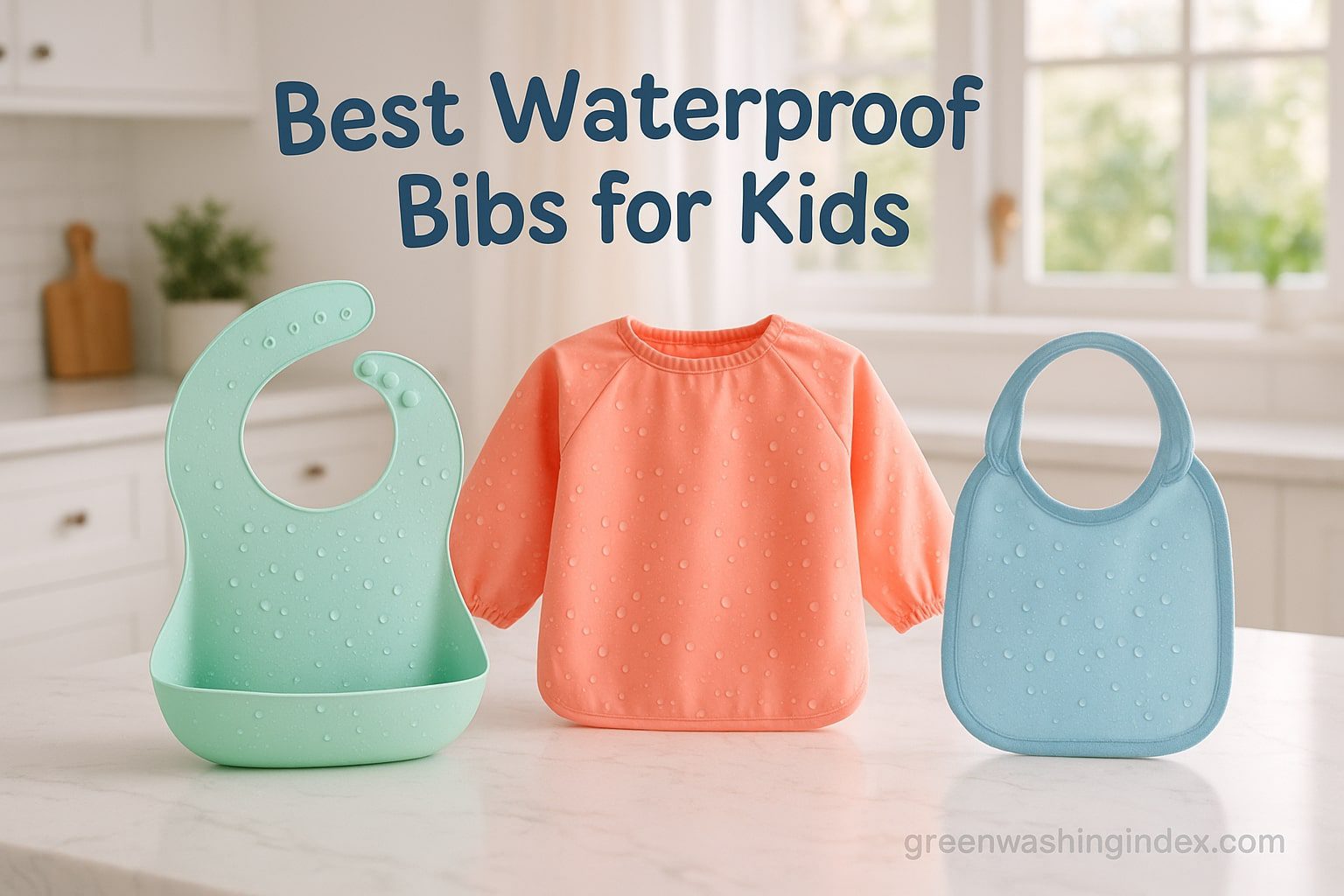
Did you know gardening can make you feel happy and healthy?
Plants need care, like water and sun, and you can grow them in pots or a small yard.
Start with easy plants like tomatoes, sunflowers, or mint.
Grow your own food or pretty flowers with simple steps.
Choose plants that fit your space and time.
Ready to begin? Try one idea today and watch it grow!
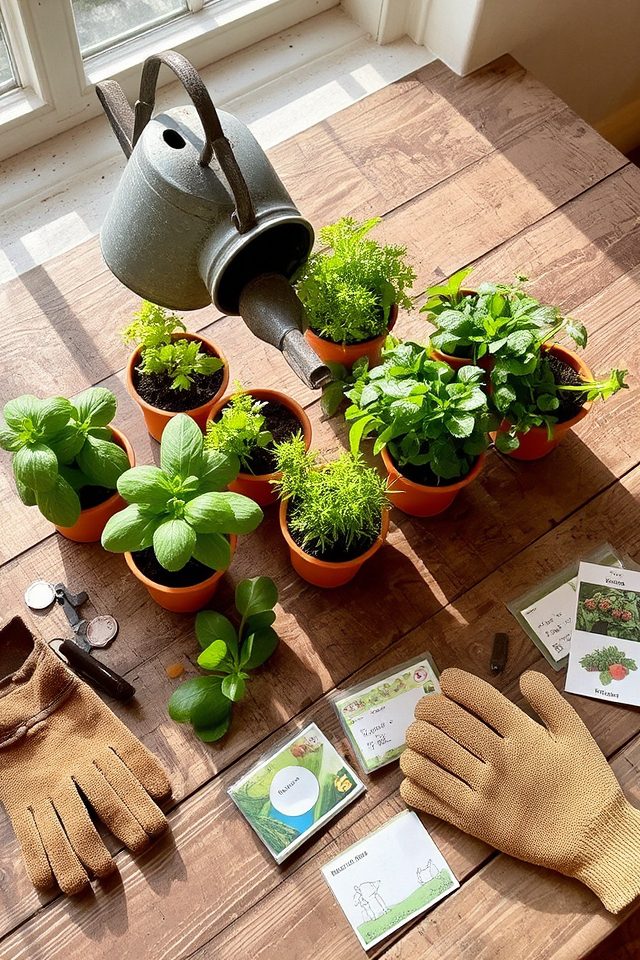
Starting a herb garden is an excellent way for beginners to immerse themselves in gardening. Herbs like basil, parsley, and mint are easy to grow and require minimal space, making them perfect for small gardens or pots. Begin by selecting a sunny spot with well-drained soil, or use containers for added flexibility. Regular watering and occasional trimming will keep your herbs healthy and promote growth. Enjoy fresh flavors in your cooking while nurturing your green thumb!
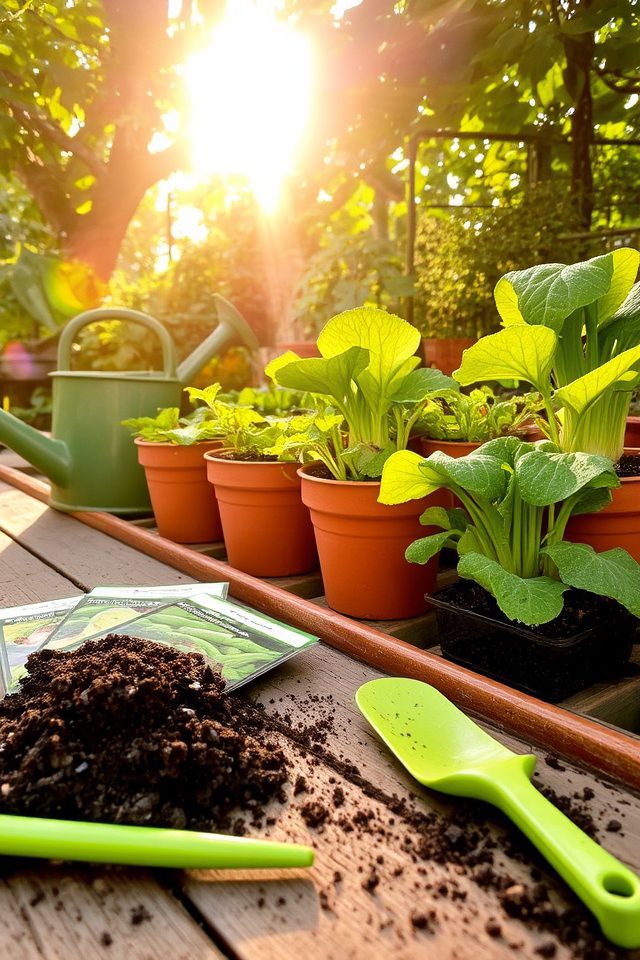
Planting easy-to-grow vegetables is perfect for beginners looking to cultivate their green thumb. Start with staples like radishes, lettuce, and green beans, which germinate quickly and require minimal maintenance. These veggies thrive in various soil types and can be planted in containers or garden beds, making them versatile for small spaces. Additionally, they’re often resilient to pests, allowing novice gardeners to enjoy a bountiful harvest with minimal challenges. Embrace the joy of gardening by starting with these simple crops!
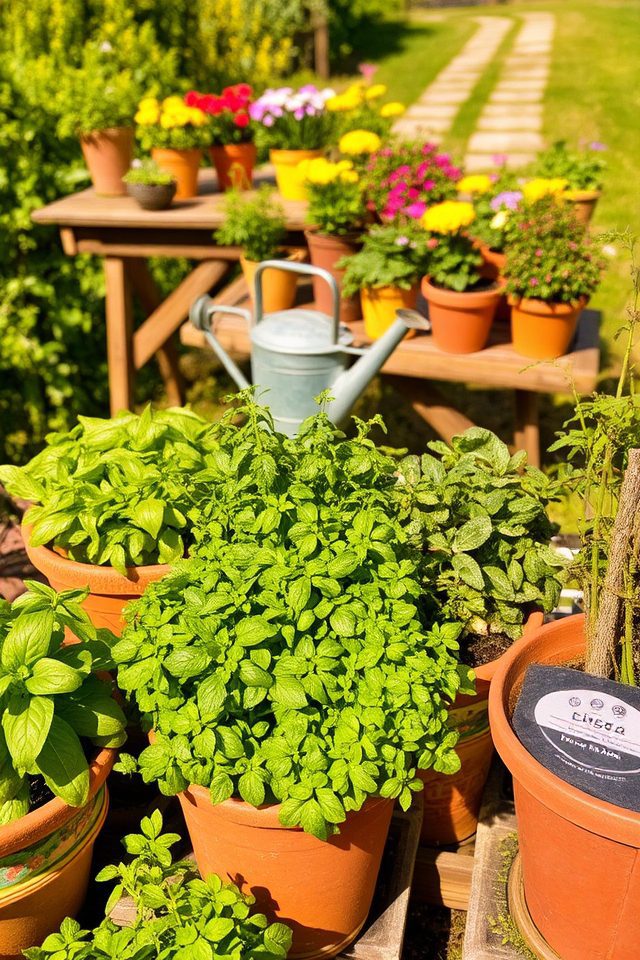
Creating a container garden is an excellent option for beginners, as it allows for flexibility and easy management. Start by selecting sturdy pots that match your plants’ needs, ensuring proper drainage holes. Choose a variety of soil suited for container gardening to promote ideal growth. Then, select a mix of herbs, flowers, or vegetables based on your space and preferences. Position your containers in areas with sufficient sunlight, and remember to water them regularly. Enjoy the rewarding process of nurturing your container garden!

Growing succulents is an ideal choice for beginners seeking low-maintenance plants. These hardy plants thrive in various conditions, requiring minimal watering and care. With their unique shapes and vibrant colors, succulents can enhance any indoor or outdoor space. Choose well-draining soil and pots with drainage holes to prevent root rot. Place them in bright, indirect sunlight, and only water when the soil is completely dry. Embrace the beauty of succulents and enjoy their effortless charm.
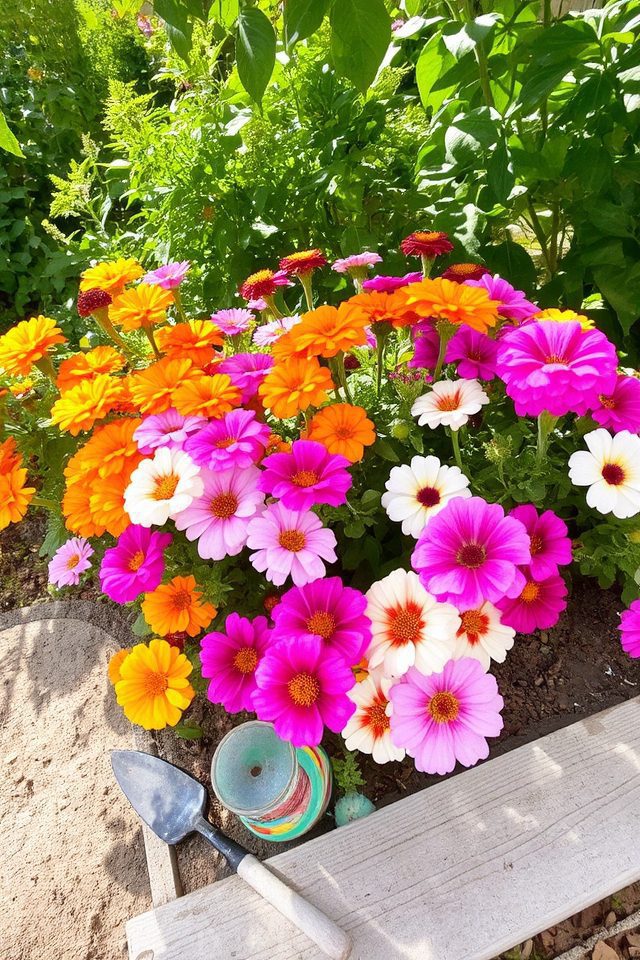
Starting with flowering annuals is an excellent choice for beginners looking to add vibrant colors to their gardens. These plants bloom from spring till fall, offering a continuous display of flowers. Easy to grow, annuals like marigolds, zinnias, and petunias thrive in various conditions and require minimal maintenance. Planting them is straightforward: select a sunny spot, prepare the soil, and sow seeds or transplants. With their quick growth and cheerful blooms, flowering annuals can help build confidence in budding gardeners.
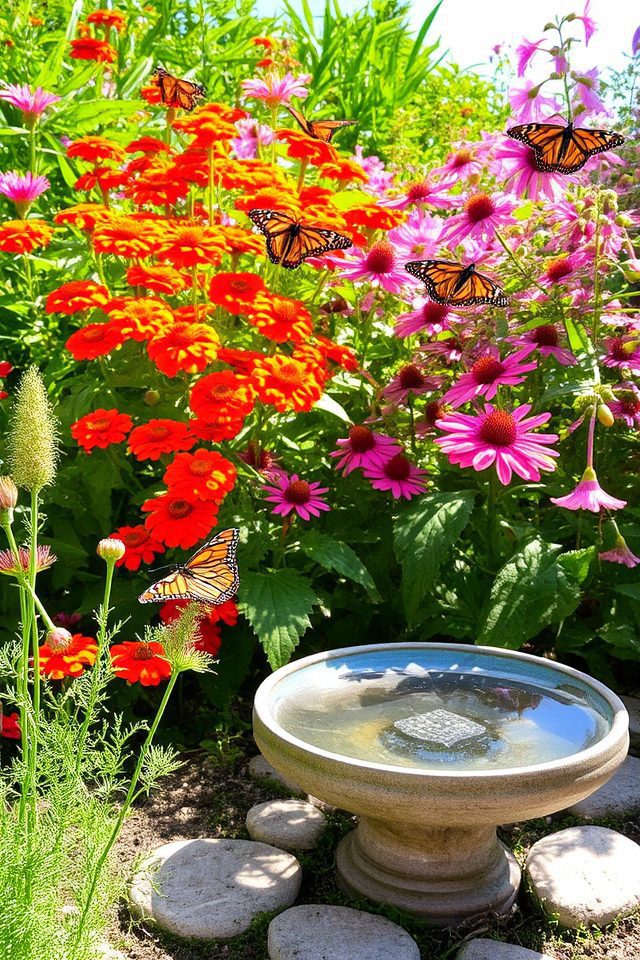
Crafting a butterfly garden is a delightful way to support local wildlife while enhancing your outdoor space. Start by selecting a sunny location and planting a variety of nectar-rich flowers, such as milkweed, coneflowers, and zinnias, to attract different butterfly species. Incorporate host plants like parsley and dill for caterpillars. Adding shallow water sources and flat stones provides resting spots for butterflies. With patience and care, your garden will become a vibrant haven for these beautiful pollinators.
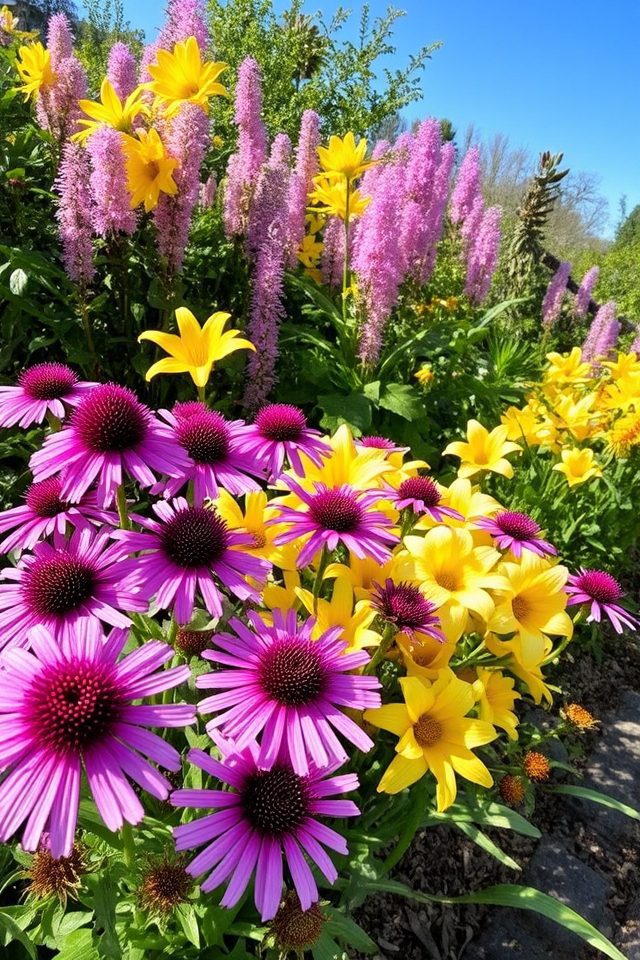
Choosing perennial flowers is an excellent way to create a lasting and vibrant garden. These flowers return year after year, providing beauty without the need for replanting. When selecting perennials, consider factors like climate, soil type, and sunlight exposure to guarantee ideal growth. Popular choices include coneflowers, daylilies, and astilbes, which offer a range of colors and sizes. Incorporating a mix of early, mid, and late bloomers will guarantee your garden is lively throughout the seasons.
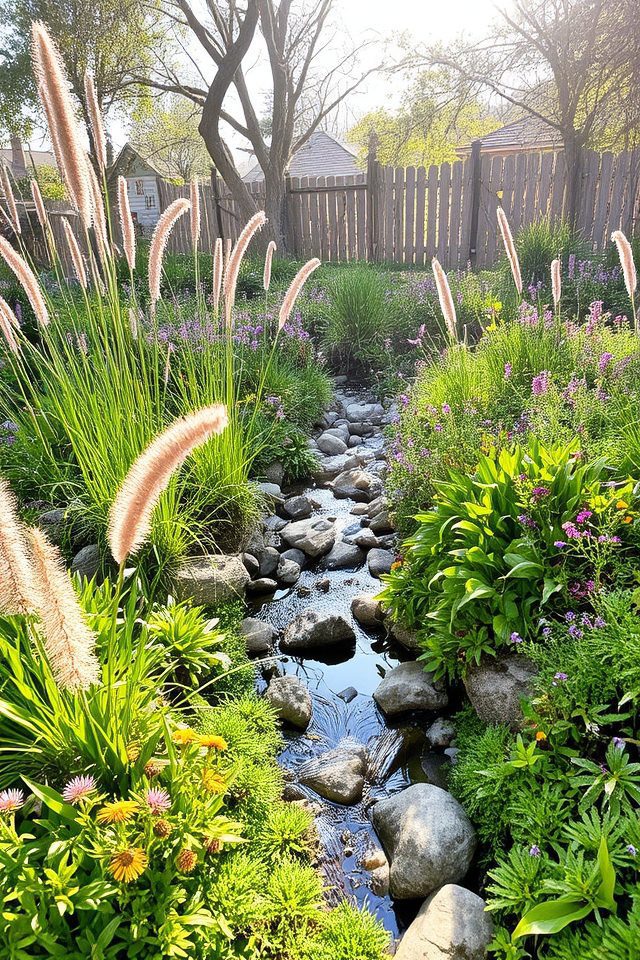
A rain garden is a beautiful and functional way to manage stormwater runoff while enhancing your landscape. Designed to capture rainwater from roofs and pavement, these shallow depressions filled with native plants help filter pollutants and promote drainage. For beginners, start by choosing a sunny location and selecting moisture-tolerant plants that thrive in your region. Layer different heights and colors for visual interest, while contributing to local biodiversity and supporting wildlife.
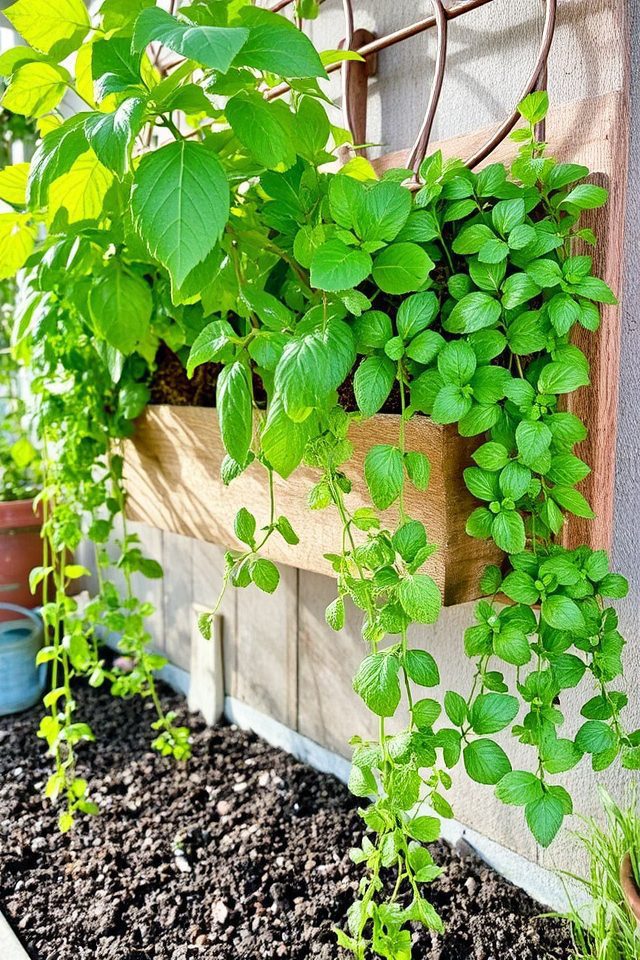
Setting up a vertical garden is a fantastic way for beginners to maximize space and create a lush green display. Start by selecting a suitable location with adequate sunlight and accessibility for watering. Choose vertical structures such as wall-mounted planters, trellises, or repurposed wooden pallets. Opt for lightweight soil and select plants that thrive in vertical settings, such as herbs, succulents, or trailing vines. Regular maintenance and creative arrangements can transform even the smallest space into a thriving garden.
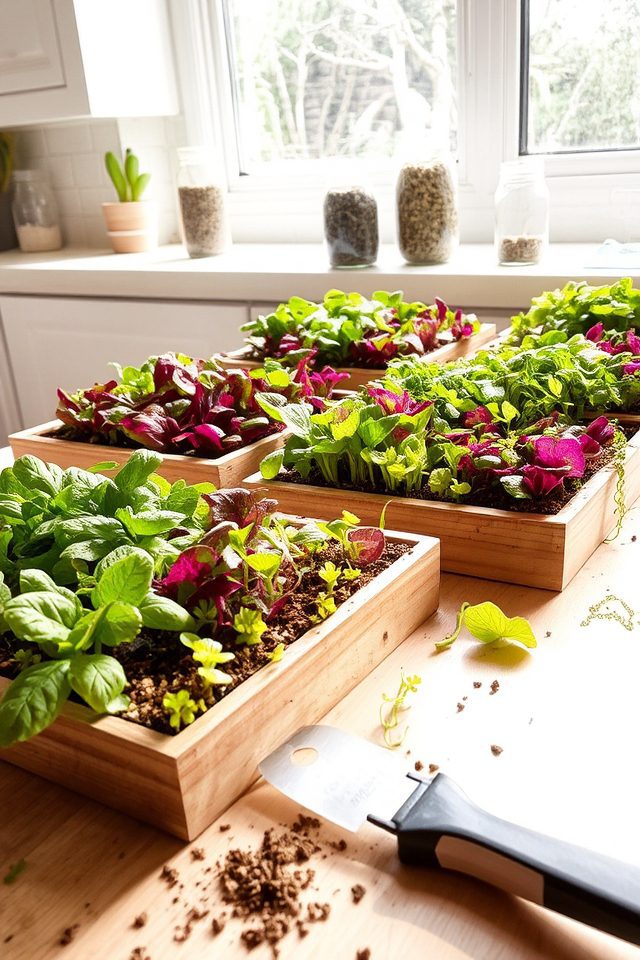
Growing microgreens indoors is a rewarding and easy way for beginners to engage with gardening. These small, nutrient-packed plants thrive in small containers and require minimal space and equipment. Simply plant seeds in soil or a growing medium, provide adequate light—either natural sunlight or LED grow lights—and keep the environment hydrated. In as little as 7-14 days, you can harvest your microgreens for use in salads, sandwiches, or garnishes, adding a burst of flavor and nutrition to your meals.
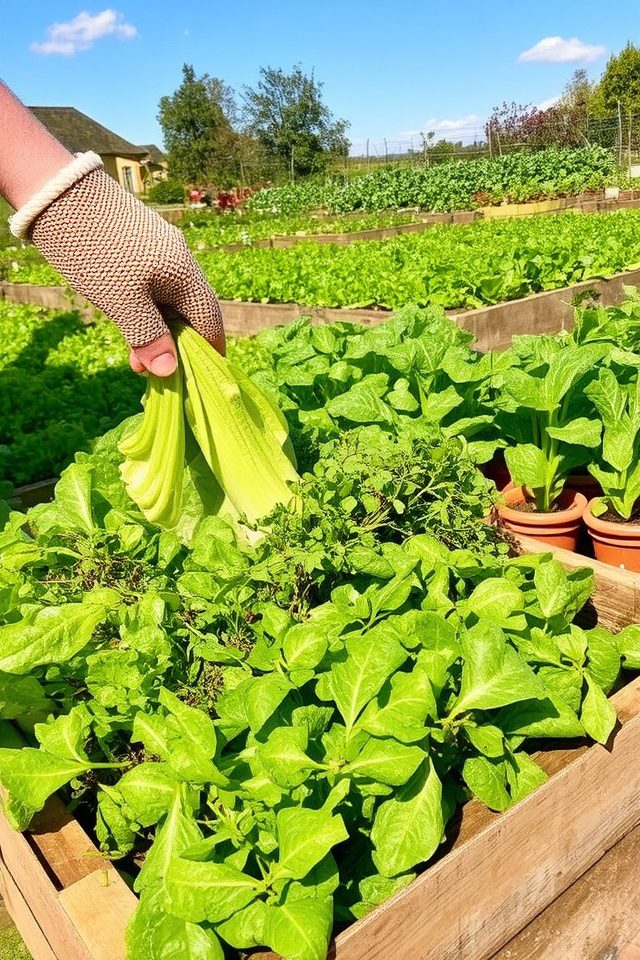
Starting with lettuce and salad greens is an excellent choice for beginner gardeners. These leafy vegetables are quick to germinate and grow, making them ideal for those new to gardening. They thrive in cooler temperatures and can be easily grown in containers, raised beds, or directly in the garden. With minimal care, you’ll enjoy fresh, crispy greens in just a few weeks, perfect for salads and garnishes. Planting various types, such as romaine, arugula, and spinach, offers a colorful and tasty harvest.
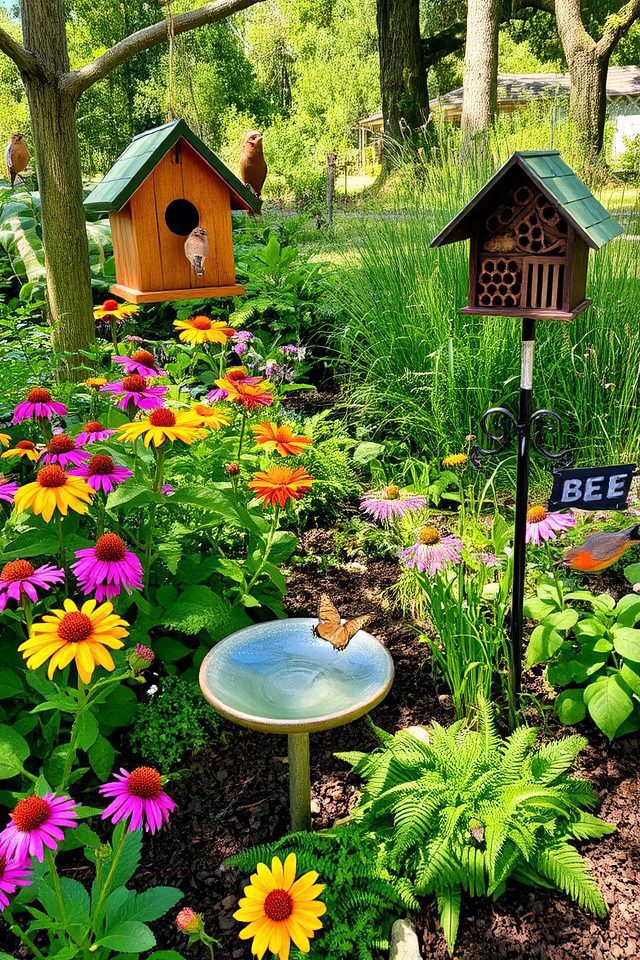
Creating a wildlife-friendly garden involves designing a space that attracts and supports local fauna, such as birds, butterflies, and beneficial insects. Start by incorporating native plants, which provide food and habitat, and avoid using pesticides that can harm these species. Add elements like birdhouses, bee hotels, and water sources to encourage wildlife visits. By cultivating a diverse ecosystem, you’ll not only enhance your garden’s beauty but also contribute to local biodiversity.
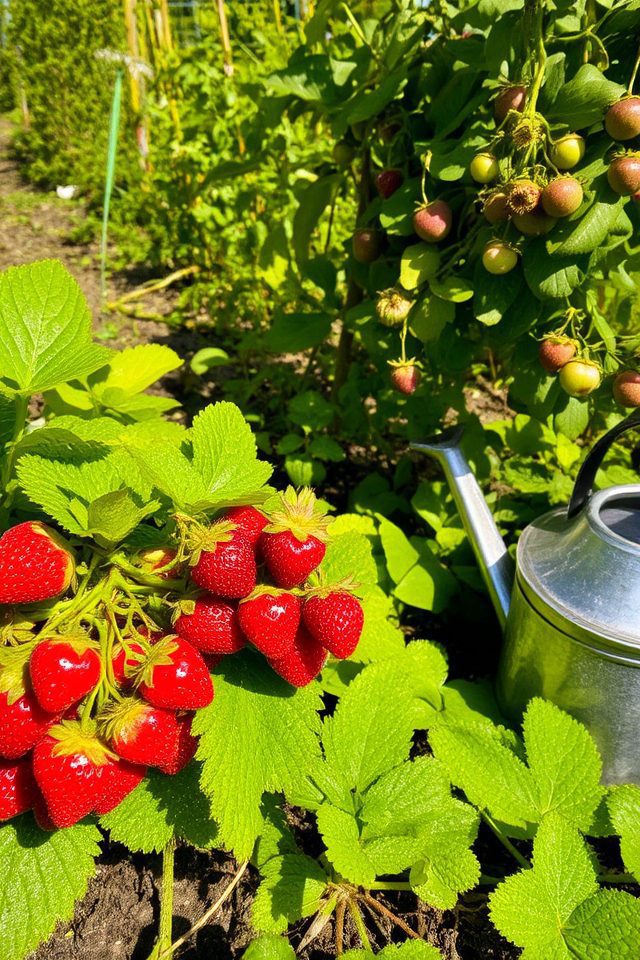
Planting fruit-bearing plants can be a rewarding experience for beginners. Start by selecting varieties suited to your climate, such as strawberries, raspberries, or dwarf fruit trees like apple and pear. Make sure you choose a sunny spot with well-draining soil. Plant during the appropriate season, and provide adequate watering and fertilization. As your plants grow, enjoy the excitement of watching them produce delicious fruits right in your backyard, fostering a deeper connection with nature.

Using native plants for your garden is an excellent way for beginners to guarantee easy care and sustainability. Native plants are adapted to the local climate and soil conditions, requiring less water and maintenance than non-native species. They also attract local wildlife, providing food and habitat for birds, bees, and butterflies. By incorporating native plants, you promote biodiversity and create a thriving ecosystem in your garden, all while enjoying a low-effort landscape.
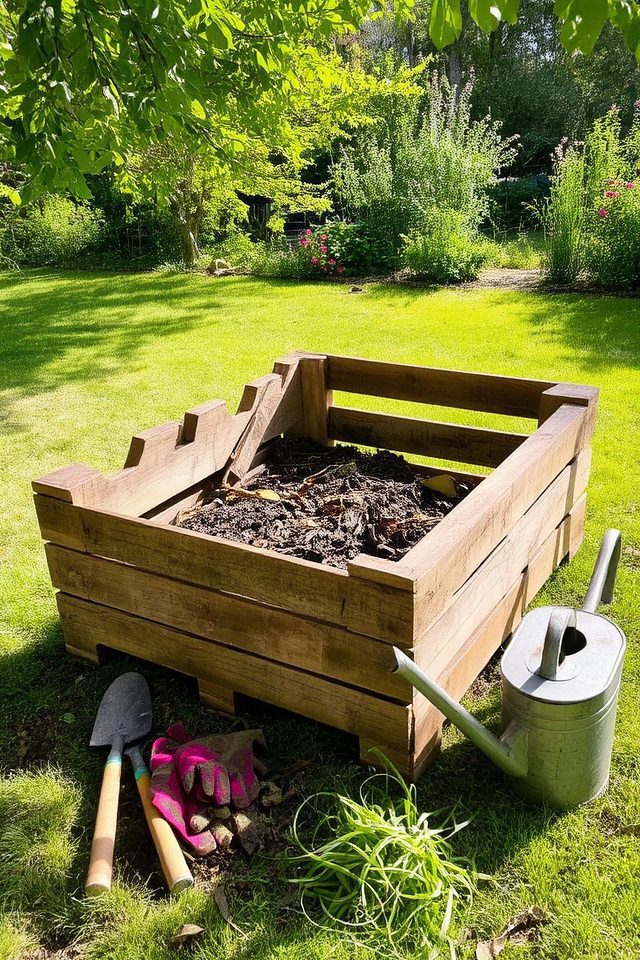
Building a compost bin is a fantastic way for beginners to recycle kitchen scraps and yard waste while enriching their garden soil. Start by choosing a location with good drainage and sunlight. You can construct a simple bin using wood pallets, wire mesh, or even repurposed materials. Guarantee proper airflow by leaving gaps and turning the compost regularly. In a few months, you’ll have nutrient-rich compost to boost your garden’s health and productivity!
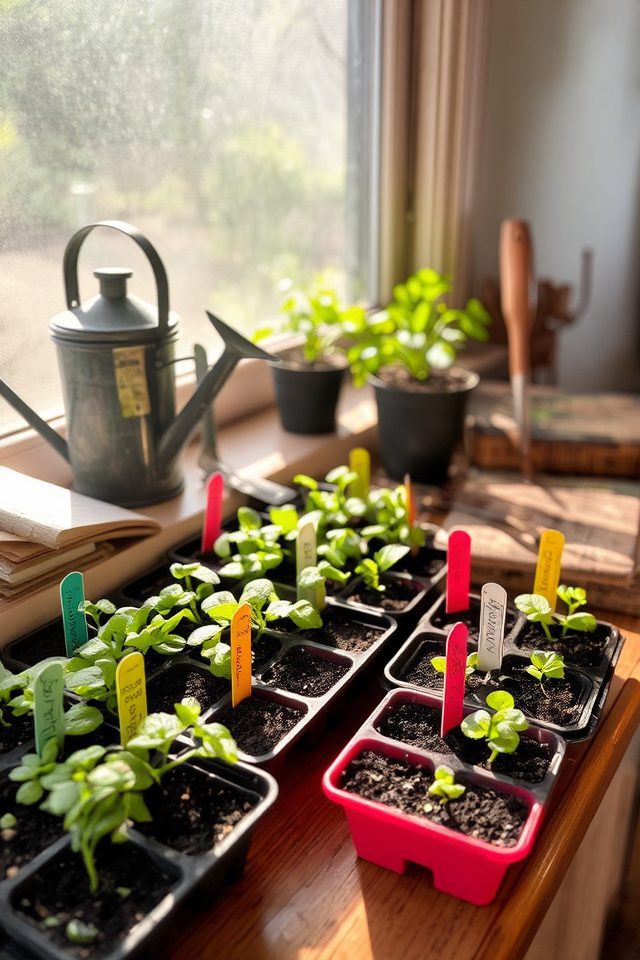
Starting a seedling station is an exciting first step for beginner gardeners. Choose a bright, warm location such as a windowsill or a dedicated grow light area. Use seed trays or small pots filled with seed-starting mix, ensuring they have drainage holes. Plant seeds according to package instructions, keeping the soil moist but not soggy. Label each variety for easy identification. With proper care, your seedlings will thrive, ready to be transplanted into the garden.
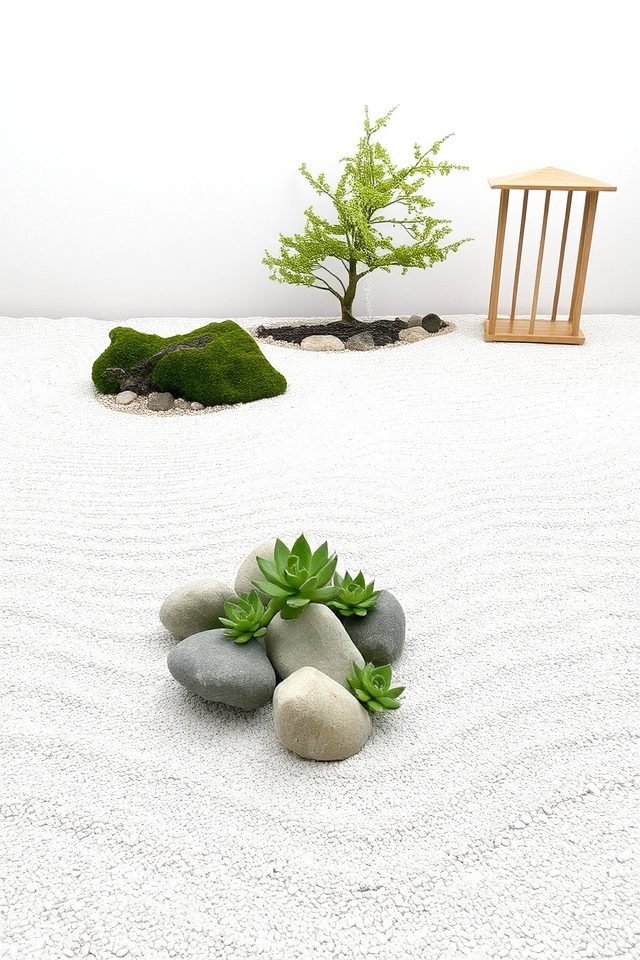
Creating a Zen garden offers a serene space for reflection and relaxation. Start with a flat area of sand or gravel, raked into patterns that symbolize rippling water. Incorporate rocks, boulders, and carefully placed plants to represent mountains and islands. Use minimalistic decor, such as a small water feature or lanterns, to maintain simplicity. A Zen garden invites mindfulness and provides a tranquil environment, perfect for beginners seeking to cultivate peace in their outdoor space.
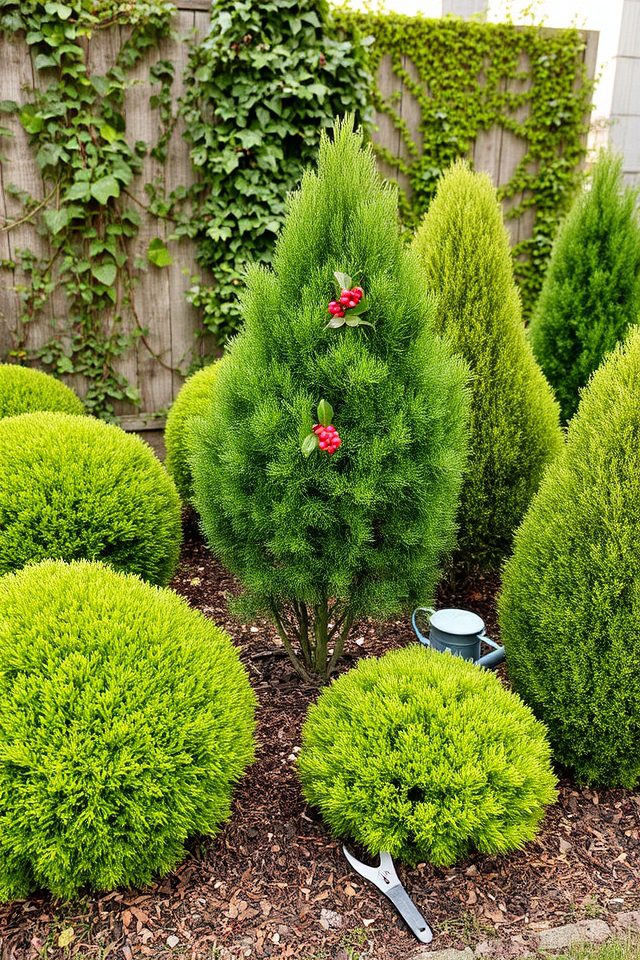
Planting evergreen shrubs is an excellent way for beginners to achieve year-round greenery in their gardens. These hardy plants retain their leaves throughout the seasons, providing consistent color and a natural barrier. When selecting evergreen shrubs, consider factors such as climate, soil type, and sunlight availability. Common choices include boxwoods, hollies, and junipers. Regular maintenance, including pruning and watering, will help them thrive and enhance the beauty of your landscape all year long.
Now that you’ve explored these 18 planting ideas, it’s time to dig in and let your gardening journey blossom! Whether you’re nurturing herbs on your windowsill or cultivating a vibrant flower bed, every seed you plant is a step toward growth and enjoyment. Remember, gardening is like painting—a splash of color here, a flourish of green there—each choice reflects your unique style. So grab your trowel, embrace the dirt, and watch your garden, and your confidence, flourish!

Don't let aphids, slugs, and caterpillars ruin another plant. Take back control with simple, natural methods that actually work.